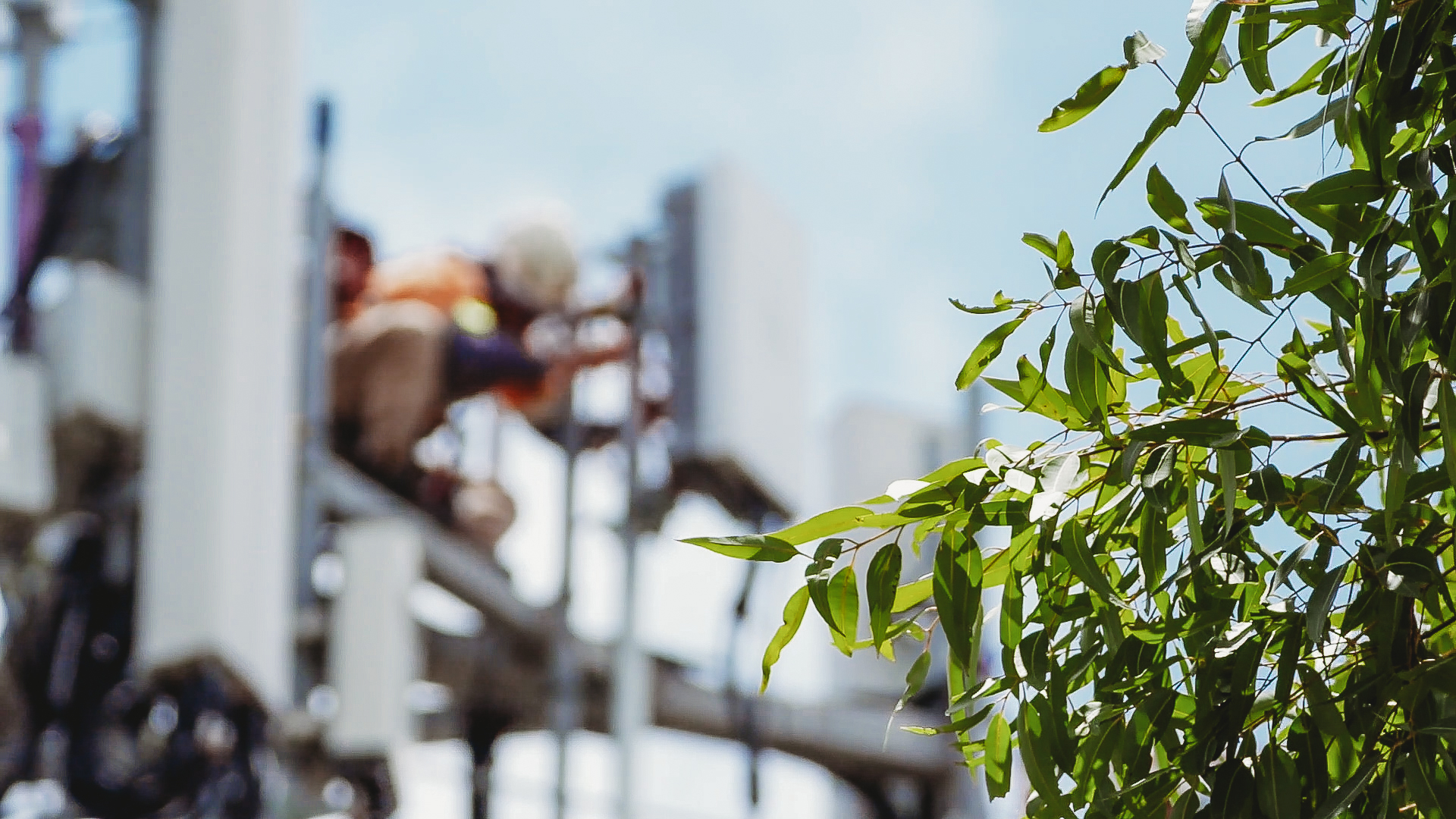We've quadrupled Norfolk Island's internet speeds thanks to satellites
Nestled in the vast expanse of the Pacific Ocean, Norfolk Island is a remote paradise. Keeping a link to the outside world has always been a challenge, but we've gone to new heights (space!) to improve connectivity.
At almost 1500 kilometres east of the Australian mainland, Norfolk Island has always had challenges staying connected.
Internet speeds that need improving to keep up with a newer, more digital world aren't uncommon. And in an age of interconnected-everything where school, work, government services and more are all online, we wanted to make sure that the 2,221 residents of Norfolk Island and the 300-600 tourists which visit each week could stay connected to more reliable internet.
A space-based fix
This week marks an important milestone for the Norfolk Island community Recently, the island’s numbers were boosted slightly by the presence of our field techs setting up new satellite internet grounding stations that would dramatically boost their connectivity.
It's a highly-resilient satellite service powered by Medium Earth Orbit (MEO) satellites and some Geostationary (GEO) satellites. But it's more complicated than just pointing a dish at the sky and plugging in a cable.
Large equipment needed to be shipped to the remote island; licensing needed to be quickly sorted with the Australian Communications and Media Authority (ACMA), and radio spectrum also needed to be accessed so the dishes could talk to the satellites.
But the team adapted, worked hard, and now that the service is live, speeds to Norfolk Island have increased dramatically. For students, this means they can now access digital tools for education and learning like HD video which can be accessed in just seconds, conferencing calls and using VR headsets.
By the numbers
Norfolk's new Telstra Managed Satellite Internet service has already delivered a 4x boost to the internet capacity on the island. And it's a service the island can count on.
We're guaranteeing bandwidth on the service to ensure that the Norfolk Island Central School and Norfolk Island Health and Residential Aged Care Service have the speed they need to both teach the next generation and save lives.
Mainland schools take their speedy bandwidth for granted, but the Norfolk Island Central School in particular badly needed this upgrade. The school now sees typical download speeds of 250Mbps download and 50Mbps upload during school hours which is invaluable for modern learning. In today's classrooms, high-speed connectivity is used to access online resources and educational platforms; participate in virtual lessons, and collaborate on projects with classmates and peers from around the world.
When school isn't in session, that bandwidth doesn't go to waste. The surplus goes to residential users so they can get the speed they need to get stuff done.
Closing the digital divide
Mainlanders often take high-speed internet for granted with the deployment of fast 5G on Australia's largest network, but we can't lose sight of the digital divide.
The digital divide refers to the gap between those who have access to communication technologies like the internet, mobile phones and other communication tool sand those who do not. We are committed to bridging this gap.
By expanding high-speed connectivity to remote and underserved areas like Norfolk Island, we aim to provide better opportunities for education, business, and personal growth.


